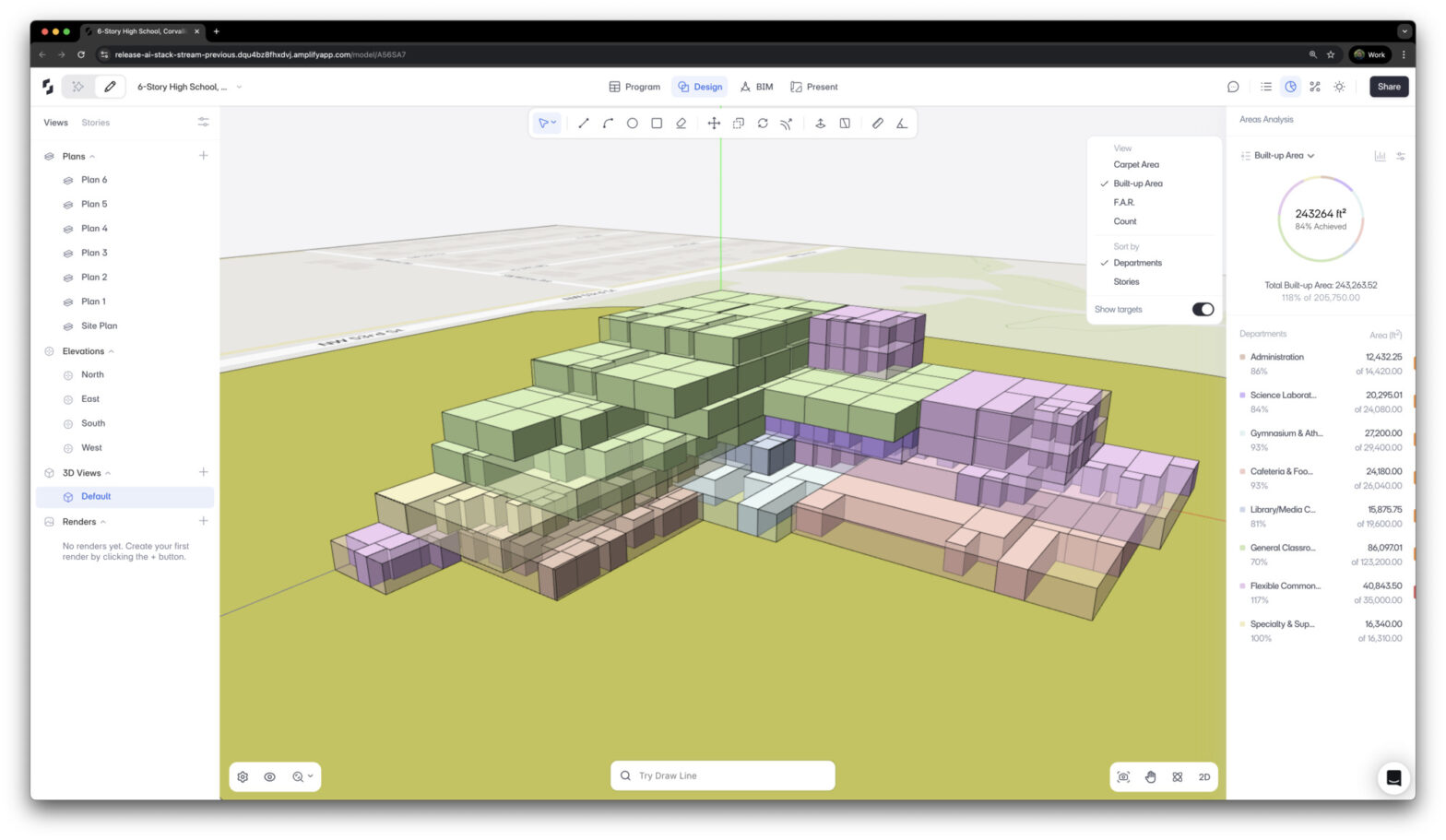While a book or a piece of music can easily be put aside if it doesn't capture our interest, architecture is different. A building lasts for decades, shapes the landscape and influences the lives of its residents for years to come. This persistence brings with it a unique set of challenges: architects must design spaces that influence collective lives, often under tight deadlines, limited budgets and significant pressure. In addition to dealing with complex regulations and coordinating construction work, architects are faced with the misconception that design is easy or that anyone can do it. The constant balancing act between quality, cost and speed often leads to sacrifices – be it in terms of time, health or the integrity of the project itself. This cycle not only wears down the profession, but also reduces society's understanding of the true value of design.
The well-known triangle of “good, fast and cheap” is rarely solved without the architect sacrificing his own time, health or even the quality of the project. This equation, repeated over decades, fuels a cycle of attrition that not only undermines the profession, but also diminishes the value of design in society and even diminishes the role of such a beautiful and important discipline.
And when the cultural and economic context is already exerting pressure, the available technology has done little to help. The architecture, engineering and construction (AEC) sector still relies on fragmented software and workflows, many of which were developed in a different era and require extensive attention at every stage of the process. Although these tools have been used to build some of the world's most advanced structures, they have not kept pace with the growing complexity of projects or the urgency of current deadlines. The result is all too familiar: long working hours, overloaded teams and little space for creative reflection.
In this scenario, artificial intelligence does not prove to be a threat substitute, but rather a strategic partner. The impact is particularly evident in the early stages when architects spend valuable time on repetitive tasks or data collection. Generating a layout from program requirements, comparing codes in real time, running early energy simulations, or creating reference images in seconds reduces friction and frees up space for more important design decisions. Rather than reinforcing the logic of “working more hours to make up,” AI suggests a shift: working smarter and more strategically, focusing on what really matters.
The case of Snaptrude
Among emerging platforms, Snaptrude stands out for directly integrating AI into the early stages of design. Unlike software that requires manual creation of measurements or floor plans, the tool allows a project to begin with text descriptions. Simply specify the building type, location and program and the system will generate an initial spatial proposal.
From then on, the model remains fully editable and can be refined by the architect at any time, ensuring creative control without wasting hours on repetitive tasks. Additionally, Snaptrude integrates AI-powered research and integrates building codes, accessibility standards and cost benchmarks directly into the design environment; Real-time analysis that automatically compares information such as program areas, flows and spatial proportions to reduce errors; and instant rendering and visualization, eliminating the need to export models to other software and enabling rapid testing of materials, openings or urban contexts without interrupting the creative flow.
Instead of spending days structuring a preliminary study, teams can arrive at a solid concept in just a few hours that is validated by data and can be refined with customers and other stakeholders. These features directly impact productivity by reducing the burden of repetitive work, and AI can give something fundamental back to architects: time to think, examine materials, refine solutions, and defend the value of their ideas. Artificial intelligence is more than just a promise of productivity. It can help to enhance the intellectual work of architecture, which has always gone beyond the mere provision of technical documents.
Artificial intelligence neither eliminates architectural complexity nor guarantees shorter working days. But it opens up the possibility of reorganizing daily practice, reducing mechanical tasks, and freeing up energy for what truly requires critical and creative attention. It's not about producing more in less time, but about working more strategically and no longer bearing the costs of an unbalanced system alone. Perhaps there lies an opportunity to redefine the impossible equation of the profession in a more equitable way.
